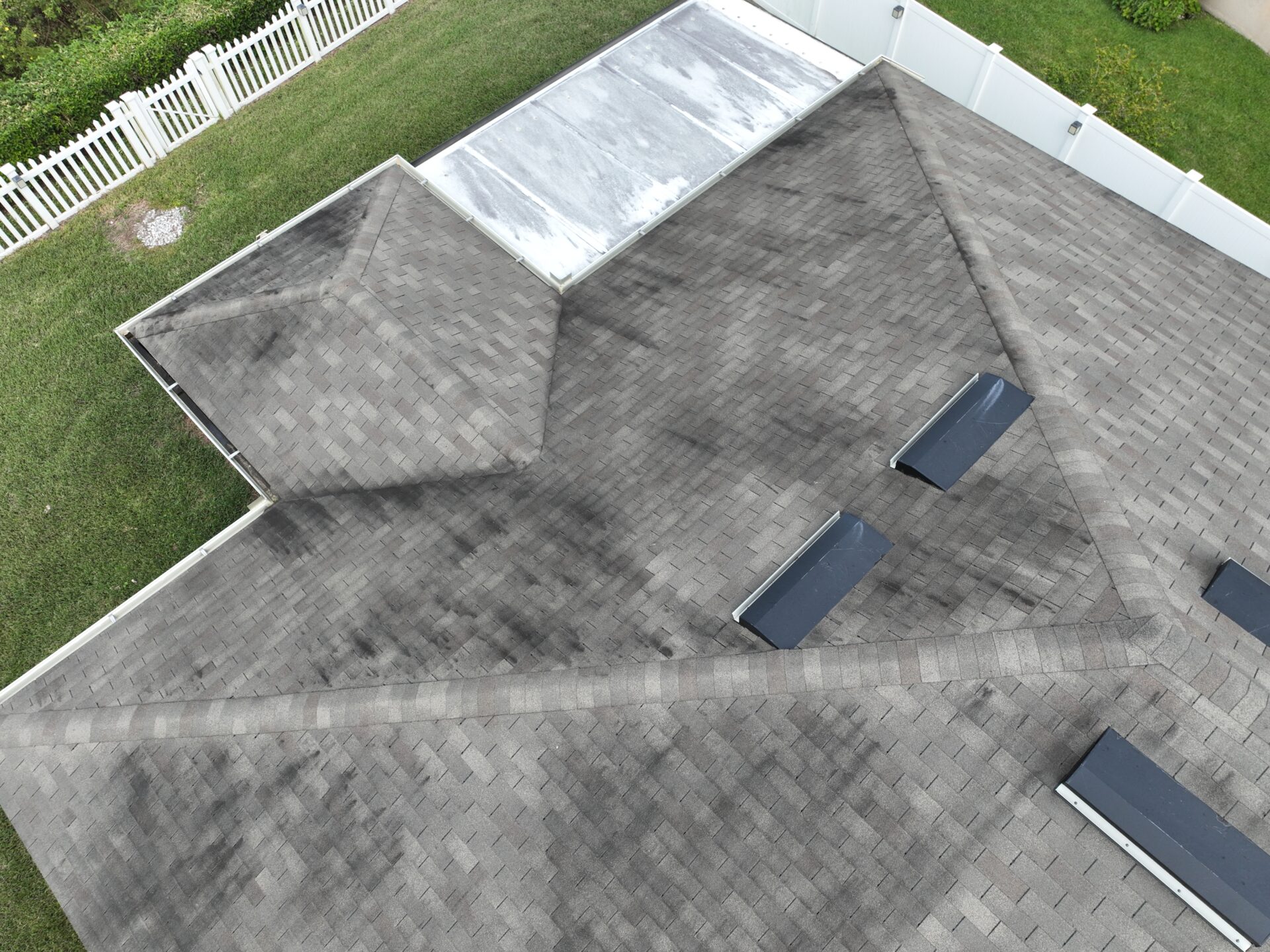
Signs your roof needs repair or replacement
Keeping your roof in good condition is essential to protecting your home, especially in regions like Florida with extreme weather. However, it’s not always easy to know when your roof needs attention. Here are some visible and hidden signs that it may be time to consider a repair or even a replacement.
1. Roof Age
In Florida, roofs often require replacement every 10 to 12 years due to the region’s climate conditions. Roofs in areas with high exposure to hurricanes, storms, and intense UV rays tend to wear out quickly. If your roof is reaching or has surpassed this age, it’s wise to get a professional inspection even if there are no visible signs of damage. Insurance companies in Florida usually require roofs to be in good condition to renew or start a policy, making it essential to keep track of your roof’s age.
2. Leaks and Water Stains
Leaks are one of the most obvious signs that something is wrong with your roof. If you notice damp spots on the ceiling or interior walls, it’s likely that water is seeping in. Water stains on the ceiling or near windows also indicate unwanted water intrusion. Moisture buildup can lead to mold issues and structural deterioration, so calling a professional quickly is essential.
3. Loss of Granules on Shingles
Granules serve as a protective layer that helps shingles resist damage from the sun and other elements. If you notice that the granules are wearing away—either on the shingles or accumulating in the gutters—it could be a sign of aging or damage. Loss of granules leaves shingles vulnerable to further wear, which can shorten your roof’s lifespan.
4. Cracked, Loose, or Warped Shingles
Damaged shingles are a clear sign that the roof needs attention. Cracked, broken, or lifted shingles can allow water to seep in, leading to major problems over time. Additionally, warped or curled shingles may indicate that the roof is nearing the end of its life and might need replacement.
5. Structural Damage or Rotten Wood
A hidden sign of roof damage is weakened or rotten wood in the structure. This issue often occurs due to prolonged moisture exposure from leaks. If you notice that the beams or roof supports are soft or have dark spots, it’s time to call a professional, as this problem could compromise the integrity of the entire structure.
6. Gutter Issues
Clogged or damaged gutters may not seem like a direct roof issue, but they can indicate damage. Gutters play a vital role in draining water, and if they’re blocked, water can back up onto the roof, causing leaks. The buildup of leaves, dirt, or even roof granules in the gutters can be a sign that something is amiss.
